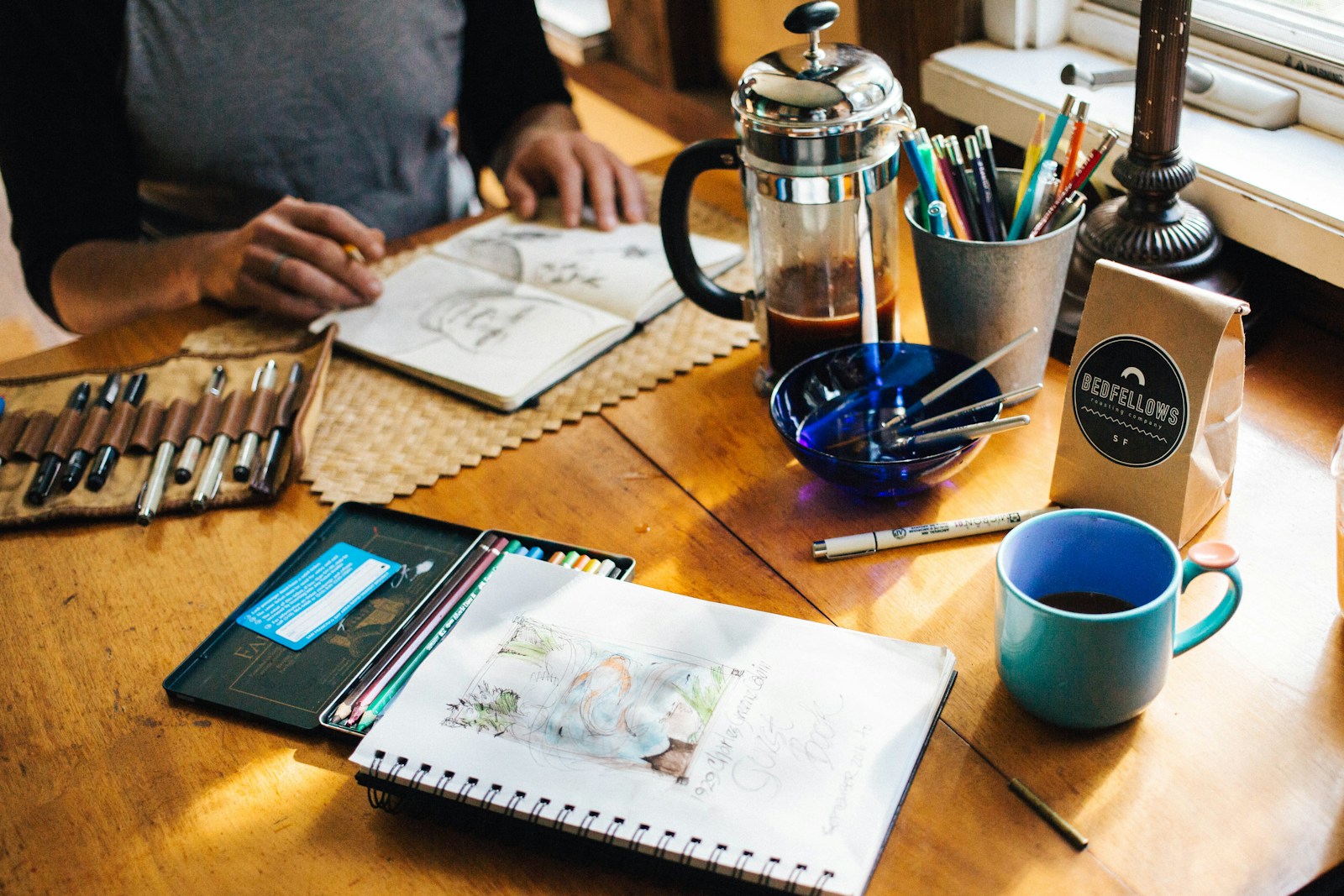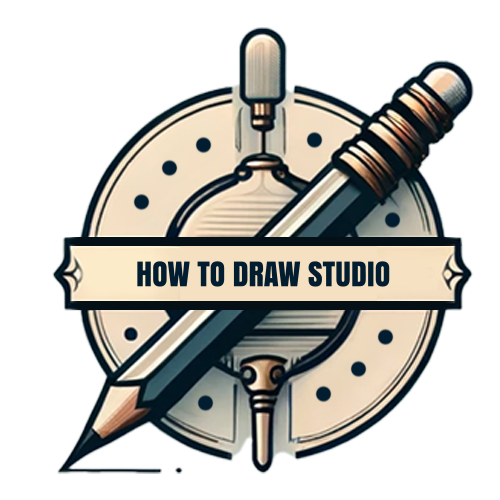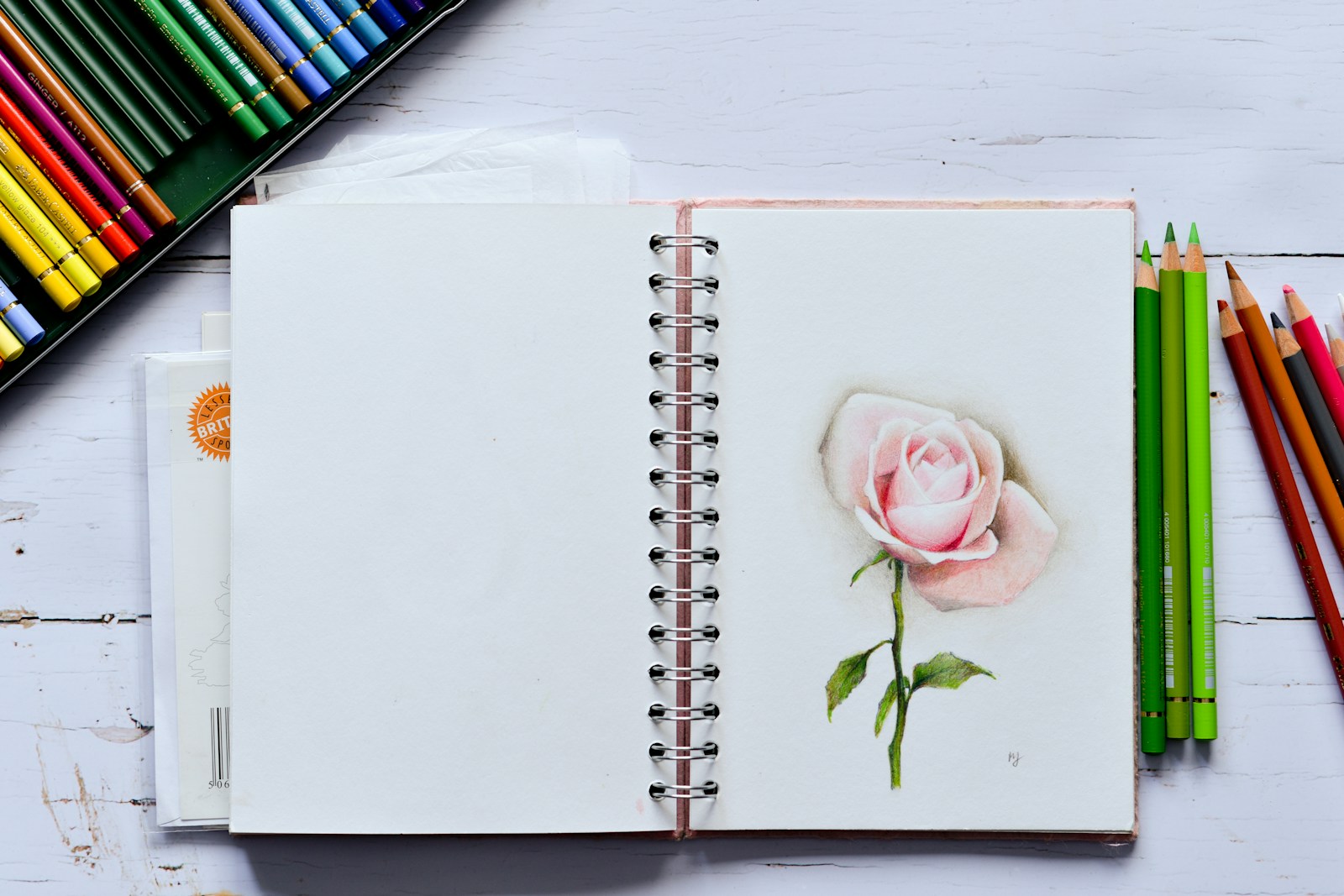Introduction
Welcome to your go-to guide for choosing art tools! Whether you’re just starting your artistic journey or looking to refine your toolkit, picking the right supplies can make all the difference. I remember when I first started drawing, I was overwhelmed by the sheer number of options. Let’s simplify things together.

Drawing Tools Every Artist Needs
Before starting any new art project, think about the tools you might want to use. Whether you’re a digital artist or prefer the classic pen-and-paper method, your choice of supplies will significantly shape your artistic process.
Beginner Artist Tools
Pencils
Graphite Pencils: Start with a range of graphite pencils, from H (hard) to B (soft). I recommend having at least HB, 2B, and 4B to cover different shading needs. I like the Faber-Castell brand and have used them for years.
Mechanical Pencils: Great for consistent lines and detailed work. They don’t need sharpening, which can be a plus.
Erasers & Sharpeners
Kneaded Eraser: Perfect for lightening areas without leaving residue. It’s also great for creating highlights.
Vinyl Eraser: Excellent for erasing cleanly without damaging the paper.
Sharpener: A good quality sharpener is essential. Electric sharpeners are convenient, but a handheld sharpener gives you more control.
Paper
Sketch Pads: Go for a medium weight (around 70-100 lb). A4 size is versatile and easy to handle.
Bristol Paper: If you’re into more detailed and smooth drawings, Bristol paper is a solid choice. I favor Strathmore Bristol drawing paper.
Intermediate Artist Tools
As you continue your journey as an artist and improve your skills, you’ll be able to move on to incorporating these intermediate artist tools into your toolkit.
Ink Pens & Markers
Ink Pens: For those who love precision, ink pens are a fantastic addition. Micron pens are popular for their consistent ink flow and variety of nib sizes.
Markers: Markers can be intimidating, but they’re wonderful for bold, vibrant work. Start with alcohol-based markers like Copic or Prismacolor for the best blending.
Colored Pencils
Once you’re comfortable with graphite, colored pencils are a great next step. Brands like Prismacolor and Faber-Castell offer smooth blending and vibrant colors.
Blending Tools
Blending Stumps: These are indispensable for smooth shading and transitions.
Tortillons: Similar to blending stumps but more precise for small areas.
Advanced Artist Tools
After you’ve become comfortable with the intermediate tools in your toolkit, you can look forward to truly exciting mediums to experiment and create with.
Charcoal
Charcoal pencils and sticks are perfect for rich, dark lines and dramatic shading. Be prepared for a bit of mess, but it’s worth it for the depth they add.
Watercolor Pencils & Paints
Watercolor pencils and paints open up a whole new world of possibilities. They’re great for adding a touch of color to your sketches.
Digital Tools
If you’re interested in digital art, a drawing tablet is a game-changer. Brands like Wacom and Huion are well-regarded, but my personal favorite is the Apple iPad (specifically the Air). Pair it with software like Adobe Photoshop or Procreate.
“The best tools are the ones that inspire you to keep creating.”
Will
HowToDrawStudio.com
Conclusion
Choosing the right tools is a personal journey, and what works for one artist might not work for another. Start with the basics, experiment, and gradually build your collection as you discover what you enjoy most.
Happy drawing!

